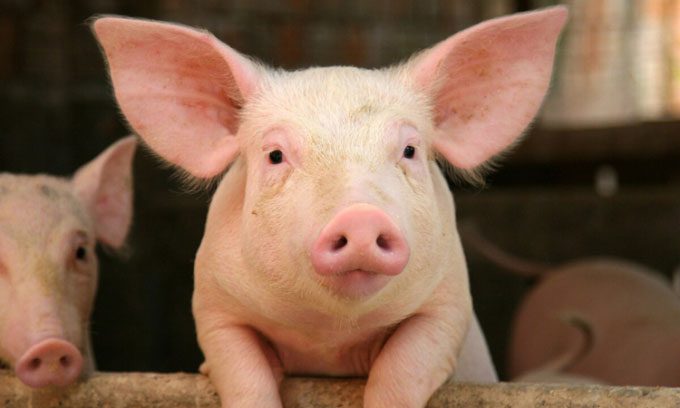Scientists have monitored the calls of 411 pigs over an extended period to identify differences and determine corresponding emotions.

Pigs emit different sounds in positive and negative situations. (Photo: Depositphotos)
Understanding animal emotions can help humans care for them better. Elodie Briefer, a behavioral researcher at the University of Copenhagen (Denmark), along with her colleagues, developed a new method to interpret pig sounds. The new study was published in the journal Scientific Reports on March 7.
To create a “dictionary” of pig sounds, the researchers recorded over 7,400 sounds from 411 pigs and monitored their life experiences from birth to death. The research team then correlated different sounds with the pigs’ activities and body language.
Pigs exhibit positive emotions when nursing, reuniting with family, cuddling with siblings, and running freely. Negative emotions arise in situations such as social isolation, fighting, being neutered, and waiting in a slaughterhouse.
“There is a clear difference in pig sounds when we consider positive and negative situations. In positive situations, the sounds are much shorter with small amplitude fluctuations. Specifically, the sounds start at a high pitch and gradually decrease to a lower frequency. By establishing an algorithm to recognize these sounds, we can accurately classify 92% of the calls by emotion,” Briefer stated.
The new study is part of the SoundWel project, which aims to help experts monitor and enhance the health of pigs by reducing stress while promoting positive emotions. Briefer indicated that they may next develop the algorithm into an application for farmers.


















































